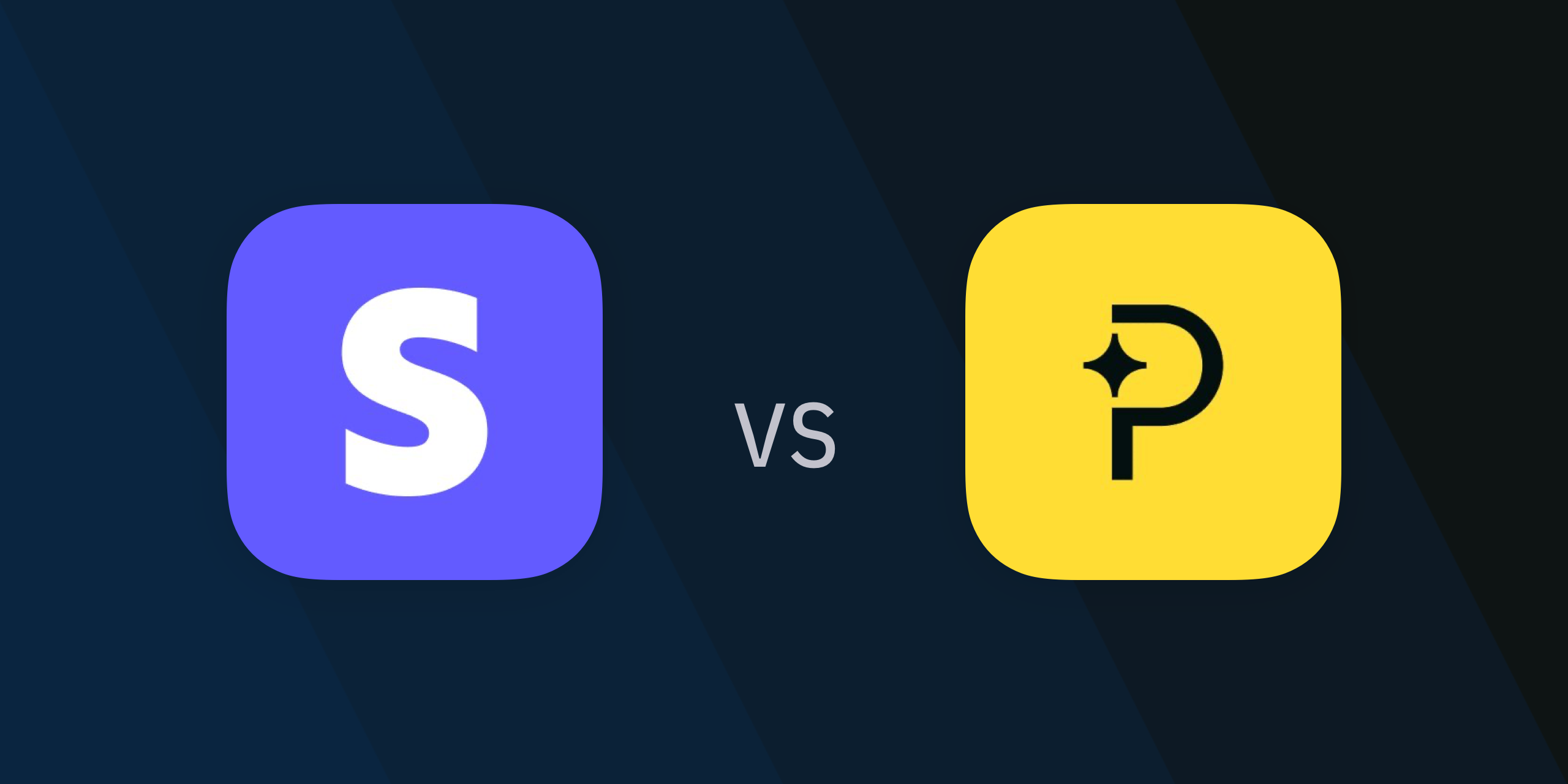Content
Stripe vs. Paddle: Making the Right Choice for Your Subscription App Business

As an entrepreneur or business owner, choosing the right payment gateway for your side project can be a daunting task. When it comes to handling recurring payments, tax calculations, and catering to a global audience, the options seem endless. After a thorough exploration of the payment landscape, I’ve decided to share my insights on two prominent players in the industry: Stripe and Paddle.
The Common App Problem: Subscription complexity with a global footprint
Running a new or existing subscription service that wants to handle web payments you’re faced with a dilemma. Often with apps you’re charging users a low monthly fee for premium features, such as 99 cents per month for a pro tier on a Health & Fitness app. Tax complications will emerge due to the diverse geographic origin of your users if you’re selling globally, and you will haveI to navigate through a maze of invoices and taxes from various countries.
Stripe: Streamlined and Developer-Friendly for all use cases
Advantages:
- Instant Setup: Getting started with Stripe is a breeze. The streamlined registration process allows for swift onboarding. You can have your business up and running with their templates in a matter of minutes. (After authentication of your business of course.)
- Developer-Friendly: Stripe’s API integration is seamless and well-documented, making it an excellent choice for developers.
- Multi-Project Management: Managing multiple side projects under a single Stripe account is convenient and ideal for entrepreneurs with diverse ventures.
- Low Fees: Stripe offers competitive transaction fees, preserving your profit margin.
- Customer Portal: Stripe’s customer portal allows users to manage subscriptions, download invoices, and update payment details.
Disadvantages:
- Tax Management: Stripe lacks built-in tax management capabilities, requiring manual tax calculations and management.
- Trial Implementation: Implementing trial periods for customers might be more intuitive with other platforms like Paddle.
- Limited Tax Tools: While external tools like quaderno.io can aid in tax calculation, they come with additional costs. Stripe did acquire TaxJar a couple years back to try and combat this but hasn’t made significant advancements just yet.
Paddle: A Holistic Solution purpose built for Global Tax implications
Advantages:
- Automated Tax Calculation: Paddle shines in tax management, automatically calculating and handling VAT for various clients.
- Multi-Currency Support: Paddle allows different prices in multiple currencies, simplifying international transactions.
- User-Friendly Checkout: Paddle offers a straightforward checkout process, enhancing user experience.
- Trials and Abandoned Cart Recovery: Paddle facilitates trial period activation and even offers abandoned cart recovery options.
- Consolidated Invoicing: Paddle bundles revenues into a single invoice, simplifying billing and invoicing processes.
- PayPal Integration: Paddle supports PayPal payments, a feature not available in Stripe.
- Embedded Checkout: Paddle’s recent introduction of an embeddable checkout enhances customization.
Disadvantages:
- Higher Fees: Paddle charges slightly higher transaction fees compared to Stripe.
- Branding Issues: Invoices and bank charges appear in Paddle’s brand, which we have to admit does frustrate end users at times - you will need to educate your users on this during onboarding.
- Minimum Withdrawal: Paddle imposes a minimum withdrawal threshold, potentially delaying access to funds.
Making the Choice: Stripe vs. Paddle
In summary, your choice between Stripe and Paddle depends on your project’s needs and priorities. If tax management and multi-currency support are critical, Paddle’s automated features shine. However, if you prioritize developer-friendliness, flexible integration, and lower fees, Stripe might be your go-to solution. Keep in mind that while Paddle offers a more holistic package, it might not suit every business type, especially those outside the SaaS domain.
The best part is with Glassfy we work with both, so we will be able to seamlessly integrate and provide you a holistic view into all of your data regardless what you choose.
Pricing Comparison
When it comes to pricing, Stripe’s rates vary by country but typically include 1.4% + €0.25 for European customers and 2.9% + €0.25 for non-European customers. In comparison, Paddle charges a higher 5% + $0.50 per transaction. It’s important to note that Stripe also offers negotiation possibilities for high-volume businesses.
Conclusion: Stripe vs. Paddle
In the end, both Stripe and Paddle have their strengths and weaknesses. Your choice should align with your business’s unique requirements and growth trajectory. As the payment landscape evolves, staying informed and adaptable will be crucial to your project’s success.
Remember, every business journey is different. What works for one might not work for another. Feel free to share your experiences with these platforms or recommend other options that you’ve found valuable.
Read More




